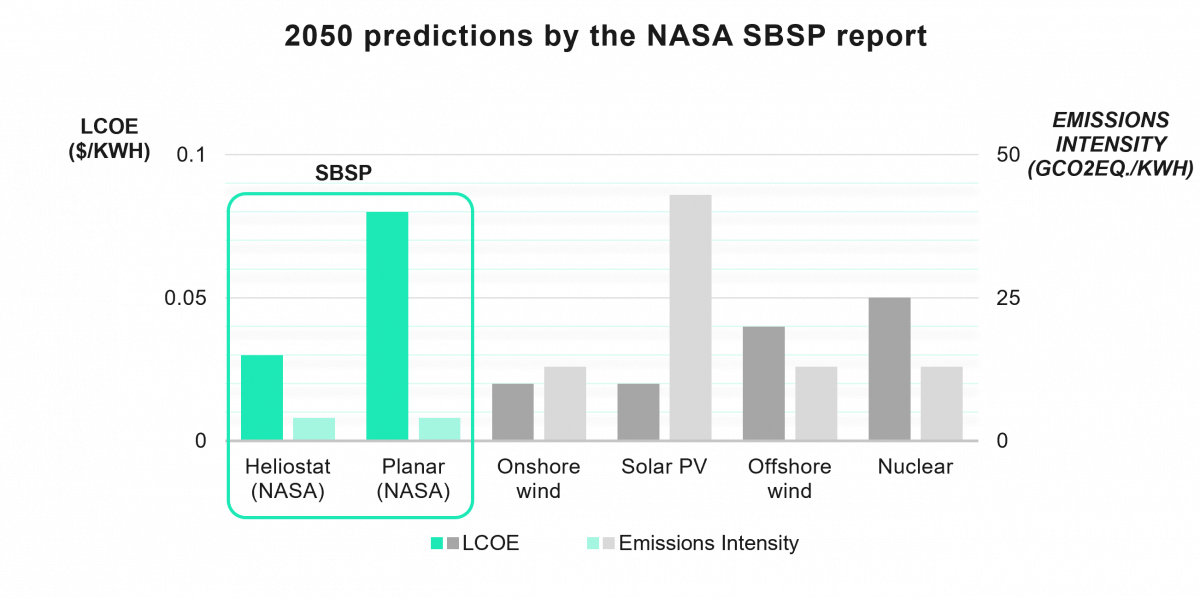9 Essential Competencies for Leading Change

Discover how Space-Based Solar Power (SBSP) could revolutionize clean energy, providing a continuous, weather-independent power supply and addressing global energy challenges for a sustainable future

Imagine a world where clean, renewable energy is available 24/7, unaffected by weather conditions or the day-night cycle. This is the true promise of space-based solar power (SBSP). It encompasses a revolutionary approach to energy generation that captures solar power in space, converts it to electricity and beams it to Earth. By offering a reliable, efficient, and sustainable power source, SBSP has the potential to reshape the energy landscape as we know it today.
SBSP works by capturing solar energy in space using satellites equipped with large solar panels. The generated electricity is converted into high-frequency microwaves and transmitted wirelessly to Earth. On the ground, special receiving stations called rectennas capture these microwaves and convert them back into electricity, which can then be fed into the power grid.
The idea of using satellites to collect energy from the sun and beam it to Earth is more realistic than it might sound. The technologies needed for the concept already exist in Earth-based applications such as solar panels, microwave ovens and radio receivers.
Recent technological advancements in three key areas have made SBSP more feasible than ever before:
We have the main building blocks already, but let me be clear: for the project to succeed, much technology development and funding is still needed
At first glance, investing in SBSP may seem unnecessary, given the affordability and scalability of terrestrial solar and wind energy. However, SBSP addresses key limitations of Earth-based renewables and offers several compelling advantages:
In summary, SBSP doesn’t necessarily compete with terrestrial renewables, it complements them. By solving challenges like weather-dependency and grid reliability, SBSP positions itself as a transformative technology for a resilient energy future.
*Satellites in GEO orbit are continuously exposed to sunlight, except during occasional solar eclipses. They spend less than 1% of their time in the Earth's shadow.

Although there are no major showstoppers preventing SBSP from becoming a reality, there are challenges to overcome. Sia Partners has identified a non-exhaustive range of challenges across various categories:
*Current state of practice = 33%; state of the art = 70%, according to Nasa SBSP study, January 11, 2024.
SBSP is poised to become a crucial component of the global energy mix, providing a sustainable solution to the growing demand for clean energy. Here are three key takeaways:
The findings of Sia Partners suggest that space-based solar power has the potential to become an integral part of the future energy mix, addressing global energy demands while contributing to a more sustainable and resilient energy ecosystem.

Sia offers various services to help you explore the potential of transformative technologies such as SBSP. Curious to find out how we can help?